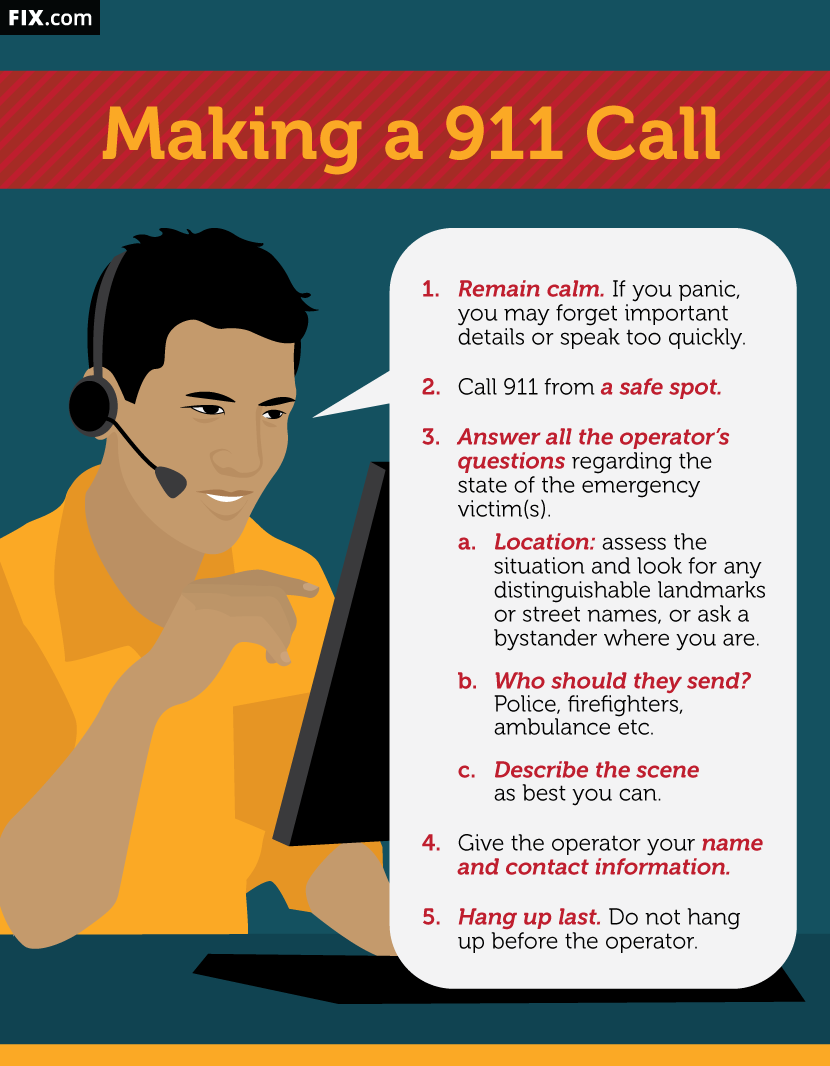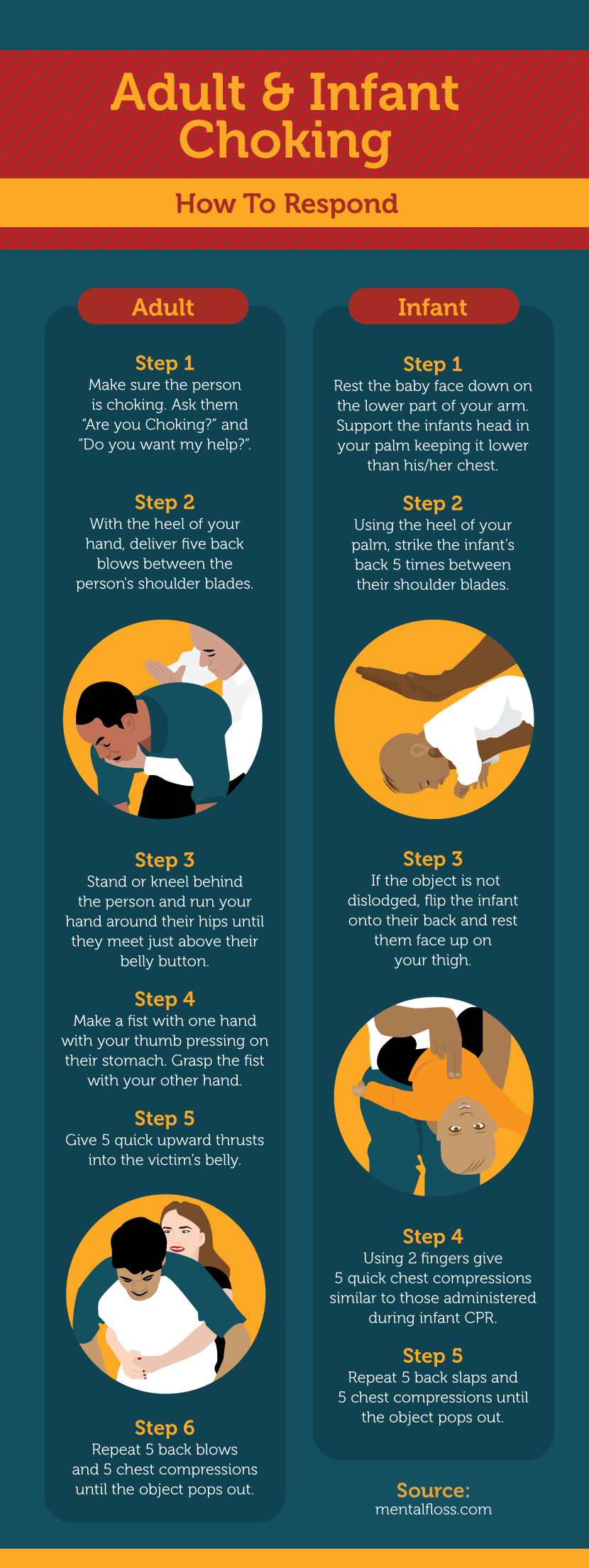Citizens as First Responders
A Primer on Administering First Aid When You Have to Act Quickly
“911, what’s your emergency?” Often, the first person to come across an accident or medical emergency isn’t a trained paramedic or doctor, it’s citizens and community members like you and me.
In an emergency, it can be difficult to remain calm and collected.
Should you ever find yourself first on the scene of an accident, a basic understanding of how you should respond can help you feel more confident and in control of your actions.
Organizations such as the American Red Cross and St. John Ambulance offer certifications for CPR, First Aid, AED, and other emergency response training.
This article provides a basic guide to handling emergency situations but should not substitute for professional training and certifications.
Emergency Scene Management
Survey Your Surroundings
When you arrive on the scene of an accident, the first thing to do is assess the surroundings for threats and clues as to what happened.
Ask yourself, “Is this a safe scenario to enter?” A simple rhyme can help you make that call: “Fire, wire, gas, glass, drugs, thugs?”
Ask yourself the following questions:
- Fire: Is something on fire or is a flammable source present?
- Wire: Are there loose wires, dangling power lines, or other man-made dangers that could cause electrocution?
- Gas: Do you smell gas? Keep in mind that you might not be able to tell whether a gas is present. Carbon monoxide is a colorless, odorless gas used in fuel-burning appliances such as dryers, vehicles, and furnaces.http://www.health.state.mn.us/divs/eh/indoorair/co/
- Glass: Is there broken glass around the victim? Before you rush to the side of a person in need, protect yourself by ensuring you aren’t going to kneel on shards of glass.
- Drugs: Are drugs or alcohol in play? Are there used needles on the scene?
- Thugs: Is the situation violent? Are angry, aggressive people involved? Will I put myself in harm’s way?
Tip: If you come across someone who appears unconscious and there are no visible hazards, do not immediately assume the person is in distress.
If you shout at him and he doesn’t respond, kneel next to him, bang on the ground on both sides of his head, and shout,
“Are you okay?” in both ears (he may have hearing issues in one ear).
At this point, if there is no response, continue with your rescue efforts – he’s not just napping in the park!

Assess the Casualty
Once you’ve determined that it’s safe to approach the person, you can begin administering first aid.
If there are multiple injured parties, start by ignoring the noisy ones who have an airway and treat the unconscious victims first.
Maintaining an airway and breathing are the most critical elements to saving a life.
Keep the four B’s in mind when you are doing this:
Breathing: Assess the ABCs of the victim
- Airways: Is the airway blocked?
- Breathing: Is she able to breathe?
- Circulation: Does she have a pulse?
Bleeding
- External bleeding can quickly turn fatal.
- Control bleeding by applying pressure to the site of the wound.
- If you don’t have a sterile cloth or bandage and bleeding is severe, use any cloth material you can find, such as T-shirts, sweaters, blankets, etc. If they bleed through the cloth, do not remove it; instead, add another layer on top.
- Treat the casualty for shock.
- Lay the person down and elevate her legs if possible.
- Keep her warm by covering her with a blanket, towel, sweater, etc.
- If the person is conscious, stay by her side until help arrives.
- Speak to her with a calm voice and reassuring manner.
Breaks
Burns
- If the casualty has a heat burn and there are still flames, smother the flames or douse them with water.
- Remove all clothing and jewelry from the burned area. If the clothing is stuck to the burn, leave it in place and cut off the surrounding material.http://www.webmd.com/first-aid/tc/burns-home-treatment
- Treat for shock.
Common Emergencies
Adult and Child CPR:
- Assess the situation. Look for hazards and threats.
- Check for a response. Address the victim in both ears, and gently pinch his shoulders or tap his feet.
- Call for help. If there is no response, yell for help and have a bystander call 911. If no one is around, make the call yourself.
- Look, listen, and feel. If you do not suspect the victim has a spinal injury, open his airway by tilting his head back. Place your ear close to his mouth and watch his chest for signs of breathing. If there are no signs of breathing, begin CPR. If you hear a gurgling noise or the victim is gasping for air, proceed with CPR. The airway is obstructed.

Adult CPR
- Compressions. Make sure the person is on her back and on a firm surface. Kneel next to her shoulders and place one hand on top of the other at the center of her chest. Lock your elbows and use your body weight to compress the chest at least 2 inches. Be prepared to feel ribs crack with each compression.
Do 30 compressions at a rate of 100 compressions per minute.
Helpful Hint: The song “Stayin’ Alive” by the Bee Gees has a rhythm of 103 BMP.
- Breathing. After completing 30 compressions, check the airway using the head-tilt, chin-lift maneuver. If she doesn’t show signs of normal breathing, prepare to give 2 breaths. Pinching the nostrils closed with one hand, cover the person’s mouth with yours.
Exhale into her mouth and watch for her chest to rise and fall. Repeat with a second breath. If the chest does not move, repeat the head-tilt chin-lift and try again.
- Repeat. Continue giving 2 breaths for every 30 compressions until help arrives or the victim begins breathing on her own.
Infant CPR
- Compressions: Place the infant on a flat, sturdy surface or floor. Draw an imaginary line connecting the infant’s nipples and place two fingers of one hand just below this line. Compress the chest 1.5 inches 30 times at 100BPM.
- Breathing: After 30 compressions, gently tilt the baby’s head back, cover the mouth and nose with your mouth, and give one small puff lasting 1 second. Give a second puff if you see the infant’s chest rise. If you do not, re-tilt his head and give another puff. If the chest still does not rise, check the mouth for an obstruction. If there is one, sweep it out with your fingers. If you see no obstruction, continue CPR.
- Repeat. Continue giving 2 breaths for every 30 compressions until help arrives or the infant begins breathing on his own.
Anaphylaxis
Anaphylaxis is a serious, potentially life-threatening, allergic reaction commonly induced by food, insect stings, latex exposure, and medication.http://www.aaaai.org/conditions-and-treatments/allergies/anaphylaxis
Most patients at risk of anaphylaxis carry auto-injectable epinephrine (more commonly known as an EpiPen). Anaphylaxis is always a medical emergency.
If no EpiPen is available, call 911 immediately, remove the victim from anything that could cause further irritation, and monitor his vital signs. Common symptoms associated with an anaphylactic reaction include:
- Difficulty breathing
- Itching
- Hives
- Swelling
- Sore throat
- Anxiety

Stroke
Stroke is a leading cause of disability and the fifth most common cause of death in the United States.http://www.strokeassociation.org/STROKEORG/AboutStroke/About-Stroke_UCM_308529_SubHomePage.jsp
A stroke occurs when a blockage or rupture prevents the blood flow from getting to an area of the brain.
This interruption of blood flow causes the brain cells in the affected area to die.http://www.heartandstroke.on.ca/site/c.pvI3IeNWJwE/b.3581687/k.744C/Stroke__What_is_Stroke.htm
Knowing the early signs and symptoms of a stroke can mean the difference between life and death.
The National Stroke Association uses the acronym FAST as a mnemonic device to help detect the early signs of stroke.
Facial drooping: Ask the person to smile for you. During a stroke, one side of the face will droop, go numb, or be difficult to move. If his smile is crooked, it could indicate that something is wrong.
Arm weakness: When a person suffers a stroke, typically one side of his body goes numb. Ask the person to raise both arms. If he is having a stroke, he will struggle to raise one arm.
Speech difficulty: If someone’s speech suddenly becomes slurred and difficult to understand, he could be having a stroke. Ask him to repeat a simple sentence.
Time: If you or someone around you has any of these signs, call 911. While you are waiting for the ambulance to arrive, do not give the victim anything to eat or drink.
Lay the patient on his paretic side (the side that is numb) so he can maintain movement in his unaffected limbs.http://www.ncbi.nlm.nih.gov/pubmed/15675430
Seizures
When most people think about seizures, they often picture the person falling to the ground, shaking, and possibly crying out.
This is called a grand mal seizure, and you can take a few simple steps to ensure that the person is safe until it stops.http://www.cdc.gov/epilepsy/basics/first-aid.htm
- Clear the area around the person of potential hazards that could cause an injury.
- Remove glasses, ties, or anything around her neck that could impede her airway.
- Put something soft under her head, such as a folded towel or sweater.
- Time the seizure. If it lasts longer than 5 minutes, call 911.
- If the seizure occurs in water or the person has a pre-existing health condition, call 911 immediately.
- Stay with the person until the seizure ends. When she is able to sit and communicate again, reassure her that everything is okay and explain what happened. If this was the first time she has had a seizure or she is having difficulty breathing or walking, call 911.
- Help the person get home safely by calling a family member or taxi.
Emergency situations can happen anywhere at any time.
A basic understanding of how to treat common medical emergencies can help you save someone’s life.
If you are interested in learning more about emergency first aid and CPR, contact your local Red Cross.
Embed the article on your site

